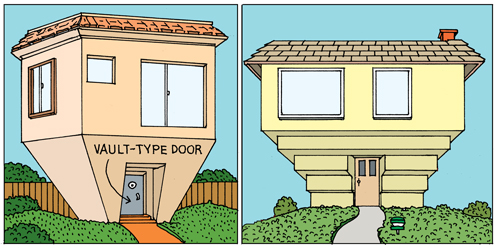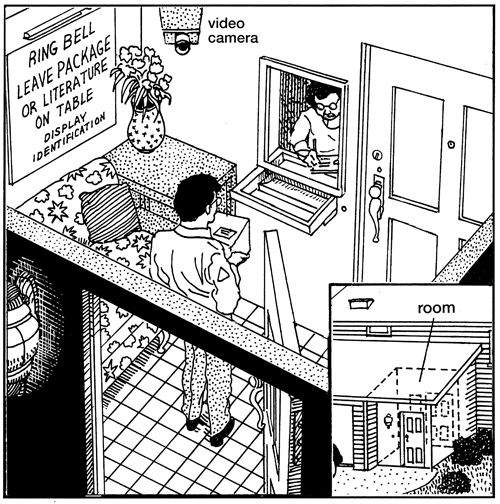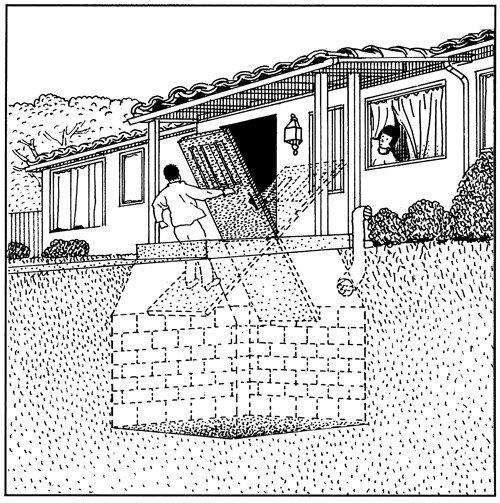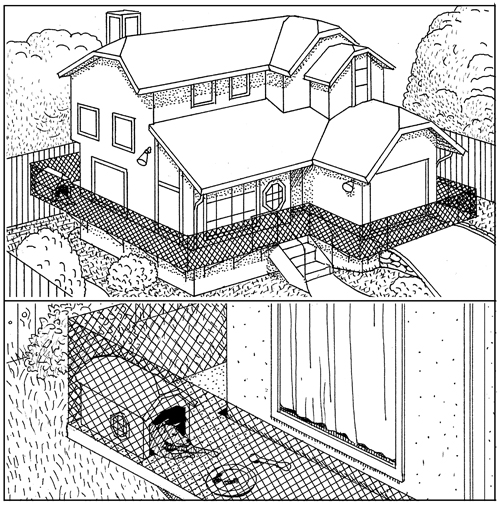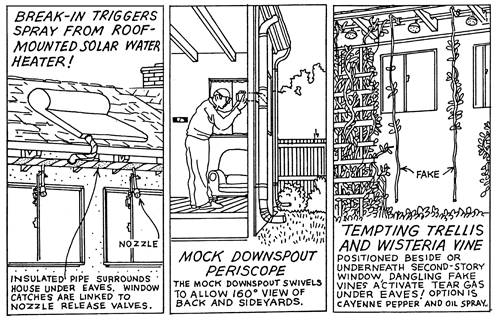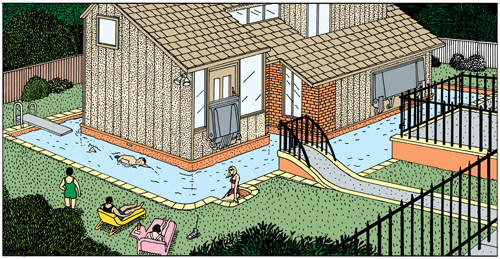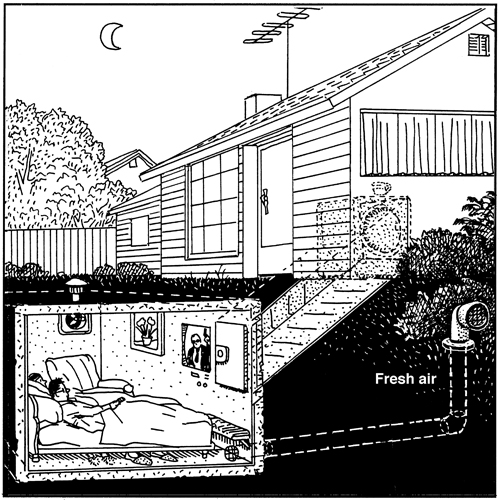Favorite Friday #2
I've thought long and hard about which fantastic feature film I should promote on this, the second Favorite Friday and have come to the decision that it shall be:
Perfect Creature (2006)
As some may have noticed, I have an obsession with Vampires. So when my boyfriend (calling him a zombie enthusiast is like calling Hitler anti-social) introduced me to this film when we first started dating (the poor soul not realizing how obsessed I was with vampires at this point) I fell inrepreably in love.
There's steampunk, there's bloodshed, there's love, there's monsters; this movie's got everything
The film takes place in a steampunkish city where human beings coexist with a superior, peaceful race that feeds on human blood called "Brothers." The film plot follows a female police officer and a male Brother investigating murders linked to a rogue Brother vampire.
Why I like this film:
1) Setting
2) Lack of Special Effects
3) Different Angle
First things first: I really like steampunk. I just do. It's silly but ever since the film debaucle Wild Wild West (1999) with Will Smith and Kevin Kline using awesome future/past weapons to kill Dr. Lovelace I have loved steampunk. Using futuristic technology in congress with a Victorian-esque time setting is just utter poetry, especially in this film. I want a giant projectile hurling weapon that looks like a battleship cannon but runs on steam. I just do. I like bulky looking hand-guns that shoot shiny bullets full of poison. I can't help it.
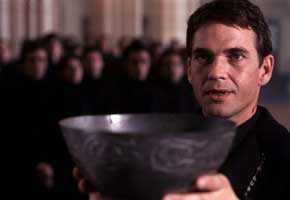 |
| Brother Silas played by Dougary Scott |
Secondly, I thoroughly enjoy the lack of special effects in this film. The fascinating thing is there was a ton of times where somone could have spent a million dollars to create some huge special effect to make the scene more than what it needs to be. Leaving out a ton of CGI is especially difficult in steampunk films because the temptation to use CGI to create steam powered versions of modern machines is great. This is also important because instead of the CGI vampire (like in Van Helsing, another steampunk wannabe) or make-up effects vampire (From Dust til Dawn) we have actors in simple make-up. The balance is poignant and refreshing.
 |
| Detective Lilly Squires played by Saffron Burrows |
The duality gives the film grace and makes it wholy different than many other vampire films that I've seen.
Perfect Creature is an utterly satisfying film that provides the vampire lover with something besides Twilight and Interview with the Vampire to enjoy.
Give it a shot; it makes a great date movie!




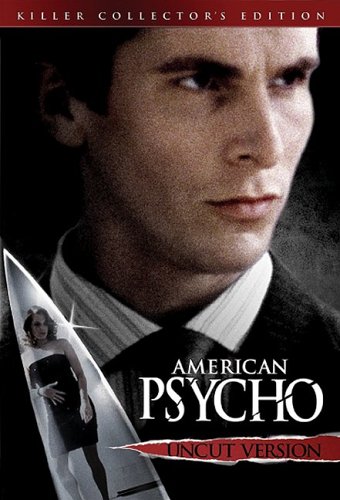






.jpg)





